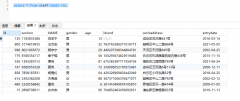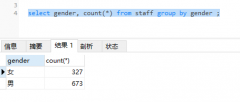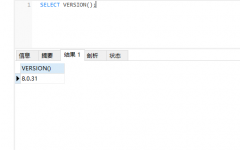Slow bulk insert for table with many indexes(对具有许多索引的表进行慢速批量插入)
问题描述
我尝试将数百万条记录插入具有 20 多个索引的表中.
I try to insert millions of records into a table that has more than 20 indexes.
在上次运行中,每 100.000 行花费了超过 4 小时,查询在 3½ 天后被取消...
In the last run it took more than 4 hours per 100.000 rows, and the query was cancelled after 3½ days...
您对如何加快速度有什么建议吗.
Do you have any suggestions about how to speed this up.
(我怀疑是因为索引太多.如果你也这么认为,我如何在操作前自动删除索引,然后再次创建相同的索引?)
(I suspect the many indexes to be the cause. If you also think so, how can I automatically drop indexes before the operation, and then create the same indexes afterwards again?)
额外信息:
- 索引使用的空间大约是数据单独使用空间的 4 倍
- 插入被包装在每 100.000 行的事务中.
状态更新:
接受的答案帮助我加快了速度.
The accepted answer helped me make it much faster.
推荐答案
您可以禁用和启用索引.请注意,禁用它们可能会产生不需要的副作用(例如具有重复的主键或唯一索引等),只有在重新启用索引时才会发现这些副作用.
You can disable and enable the indexes. Note that disabling them can have unwanted side-effects (such as having duplicate primary keys or unique indices etc.) which will only be found when re-enabling the indexes.
--Disable Index
ALTER INDEX [IXYourIndex] ON YourTable DISABLE
GO
--Enable Index
ALTER INDEX [IXYourIndex] ON YourTable REBUILD
GO
这篇关于对具有许多索引的表进行慢速批量插入的文章就介绍到这了,希望我们推荐的答案对大家有所帮助,也希望大家多多支持编程学习网!
本文标题为:对具有许多索引的表进行慢速批量插入


基础教程推荐
- CHECKSUM 和 CHECKSUM_AGG:算法是什么? 2021-01-01
- MySQL 5.7参照时间戳生成日期列 2022-01-01
- 使用 VBS 和注册表来确定安装了哪个版本和 32 位 2021-01-01
- while 在触发器内循环以遍历 sql 中表的所有列 2022-01-01
- 如何在 CakePHP 3 中实现 INSERT ON DUPLICATE KEY UPDATE aka upsert? 2021-01-01
- ORA-01830:日期格式图片在转换整个输入字符串之前结束/选择日期查询的总和 2021-01-01
- 带更新的 sqlite CTE 2022-01-01
- MySQL根据从其他列分组的值,对两列之间的值进行求和 2022-01-01
- 带有WHERE子句的LAG()函数 2022-01-01
- 从字符串 TSQL 中获取数字 2021-01-01

















